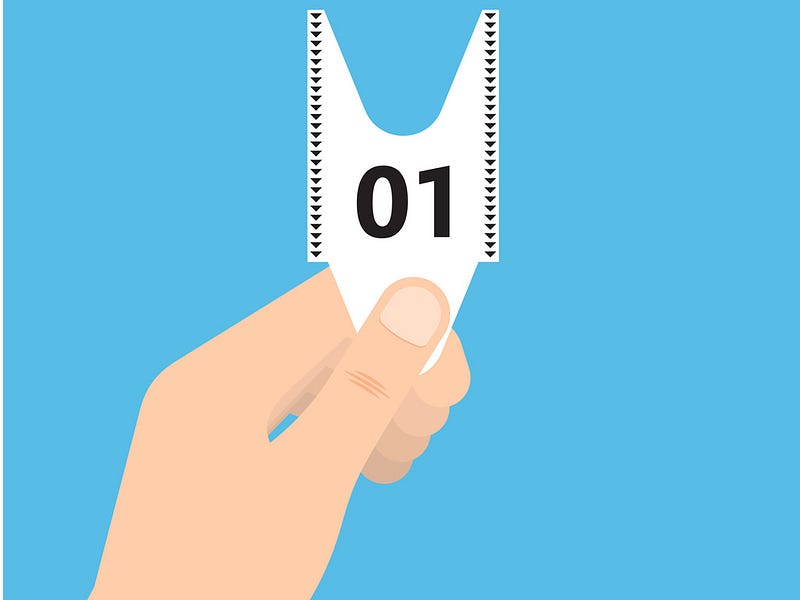Move Donors to the Head of the Transplant Line?
Accounting research demonstrates how a simple rule change could boost the number of usable organ donations — and save lives.
Based on the research of Ronghuo Zheng

Awaiting an organ transplant for yourself or a loved one means delays that can be agonizing — and costly. Every day, 20 patients on U.S. waiting lists die before an organ becomes available, according to the U.S. Department of Health and Human Services.
In a sense, it’s a classic accounting problem of supply and demand, says Ronghuo Zheng, assistant professor of accounting at Texas McCombs. While 113,759 U.S. patients languished on lists last year, only 17,554 donors, living and deceased, provided organs.
How can the U.S. expand its supply? In new research, Zheng finds that with one important modification to a Nobel laureate’s proposed rule, it could swell the pool of donors while ensuring that patients get usable organs.
The proposal, known as the donor priority rule, would hold out a carrot to potential registered donors. If one of them gets sick themselves and needs a transplant, they’ll be able to cut in line, taking priority over those who aren’t registered.
“People will have a higher incentive to become an organ donor, if they think that they might need an organ in the future.” — Ronghuo Zheng
More Organs but Sicker Donors
The concept of pushing registered donors to the head of the line is not completely new. It’s already been used in Israel, Singapore, and Chile. In 2012, Nobel Prize-winning economist Alvin Roth proposed the same approach in the U.S. He estimated the policy could increase donation rates by as much as 250 percent.
But Zheng and two colleagues — Tinglong Dai, associate professor of operations management at Johns Hopkins University, and Katia Sycara, professor of computer science at Carnegie Mellon University — spotted a potential drawback in Roth’s plan. Although it might provide more organs, they would not all be worth transplanting. High-risk individuals who are more likely to become sick would have the highest incentive to register, because they are most likely to need a transplant in the near future. That’s a problem, Zheng says. “The quality of their organs is likely to be relatively low, because, among many other factors, they’re potentially less likely to lead a healthy lifestyle.”
That drawback might be overcome with a tweak to the rule — one being tried in Israel, Zheng says. Newly registered donors would be required to sit out a freeze period before they could qualify for priority treatment. That might discourage many high-risk individuals from registering.
Modeling the Organ Market
To test their solution, the researchers created a simulated organ market, refining their model with feedback from physicians and researchers at Johns Hopkins.
The overall social benefits of their proposal would need to outweigh its costs. To calculate social welfare, they placed a dollar value on each factor, using data from the U.S. Organ Procurement and Transplantation Network.
The biggest benefit would come from increasing the average patient’s life expectancy. In one simulation, an organ from a healthy donor is estimated to add an average of 18 years to someone’s life, at a value of $50,000 a year; an organ from a sicker donor is estimated to add an average of 10 years.
The greatest cost would be the fear and anxiety that many prospective donors might feel. Based on past research, it would reduce their quality of life by an average of $600 a year.
Such psychological costs could take many forms, Zheng explains. “A person might feel pressured to become a donor, even though they don’t want to, because if they don’t register, they might not have the opportunity to get a transplant,” he says. “Or their cultural backgrounds may put up psychological barriers to becoming organ donors.”
Framing a Freeze Period
Running the model showed that without a freeze period, the priority rule would have a net cost to society of $76 million a year. The lower quality of organs would offset the gain from having more of them.
But adding a three-year freeze, like the one in Israel, has a potential of reversing the equation. With fewer high-risk people signing up, the change would boost social welfare by $235 million a year.
“It ensures the organ supply is higher without compromising the quality of the organs.” — Ronghuo Zheng
He hopes his findings will encourage policymakers to consider a priority rule with a freeze period. In the meantime, he’s tackling another organ-transplantation problem: deciding which medical center or surgeon should get an organ when it becomes available.
“A big percentage of organs get wasted, because if they’re not accepted within 48 hours, they’re not usable,” he says. “I’m exploring how we can improve the assignments of organs to reduce that waste.”
“Jumping the Line, Charitably: Analysis and Remedy of Donor-Priority Rule” is forthcoming in Management Science.
Story by Steve Brooks


